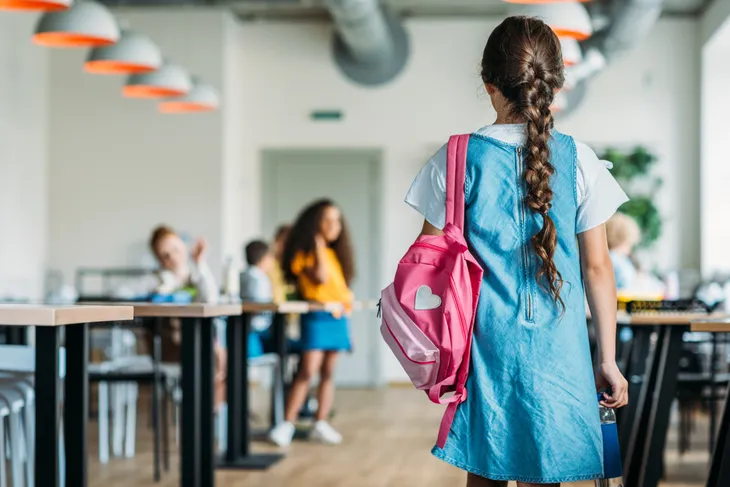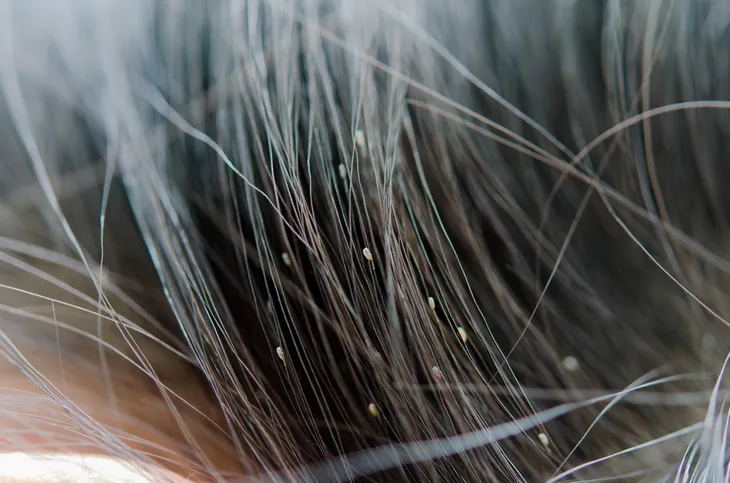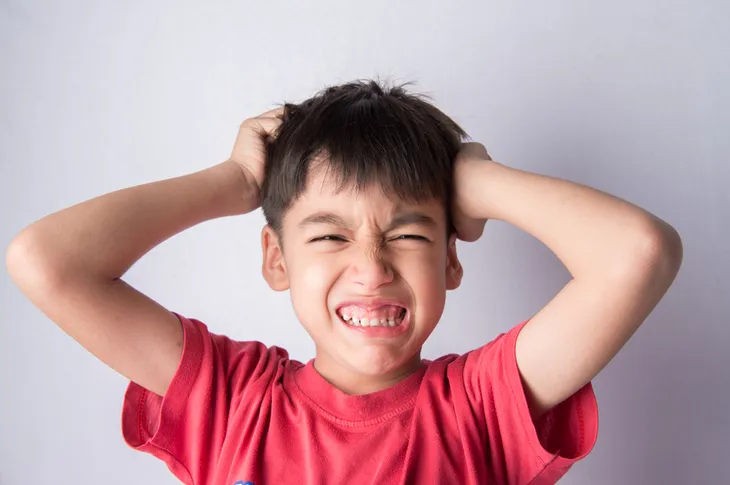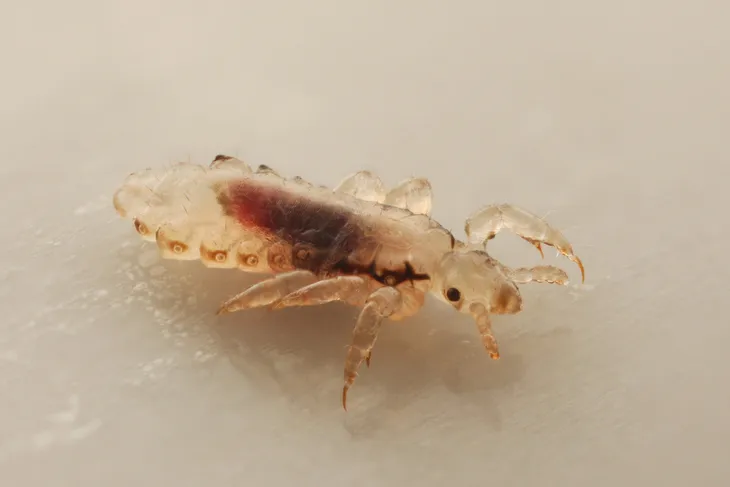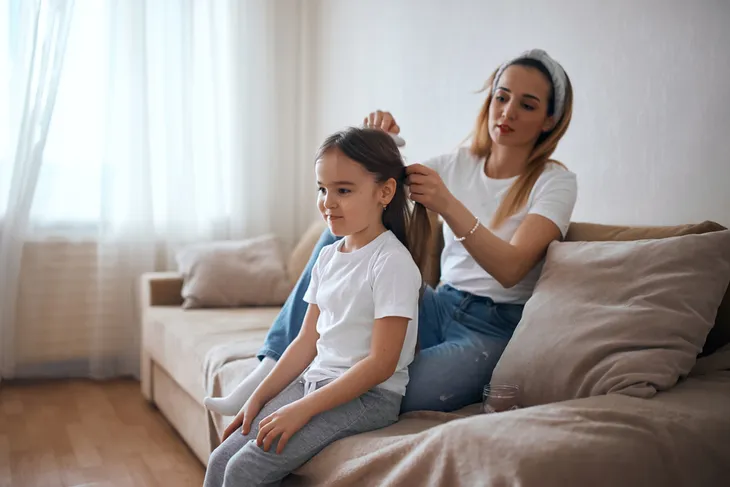Now that the kids are back at school they’re spending time up close and personal with other children in their classroom. It’s the time of year when they’re bringing back all sorts of things. Homework, friends, party invitations, colds, sniffles and even head lice. These insects make tiny, painless bites in the scalp and feed off human blood. They excrete enzymes which prevent blood clotting and which can cause severe itching in their human host. Lice can only live for one to two days without a human host to feed upon.
Here are seven factoids on head lice…
Who is at Risk for Contracting Lice?
Head lice occur worldwide. Anyone can get them. Young, old, male, female, and from any ethnic race. However, children ages 3-11 years old are especially prone. Contrary to popular misconception, head lice are not attracted to dirty or unwashed hair.
There is no correlation between personal hygiene and an increased risk of head lice. According to the Center for Disease Control and Prevention (CDC), upwards of 12 million children in the US alone are infested with head lice each year.
How Does Lice Spread?
A popular myth is that lice can fly or jump from head to head. This is incorrect. Lice move by crawling. Therefore, head-to-head contact with a person infected by lice is the number one mode of transmission. Head lice can also be contracted by sharing clothing.
Lice may have crawled onto items such as hats, scarves, coats, helmets, combs, pillows, barrettes, brushes, towels, bedding, etc. Likewise, eggs may have fallen onto these items. Lice can also be spread via household furniture, couches, beds, chairs, etc. However, pets do not play any role in their spread as head lice only seek out human hosts.
Eggs and Nits
Lice lay their eggs at the base of the hair shaft, near the scalp. They are attached by a sticky, glue-like substance and are yellowish-white in color. They are tiny, almond-shaped, and difficult to see. They take 8-9 days to hatch, after which the eggshell is referred to as a nit.
Eggs and nits are easily mistaken for dandruff. It can be especially difficult to see eggs or nits in the hair of blondes. Special lice shampoo loosens the glue and makes egg and nit removal easier.
What Is a Nymph?
A newly hatched louse is called a nymph. It feeds on human blood and matures into a full-grown, adult head louse in 9 to 12-days. It is much smaller than the adult but grows quickly from gorging on blood.
Due to its smaller size, it may be difficult to see. They also crawl quickly and this can impede their detection.
Adult Lice
An adult head louse is about the size of a grayish-white sesame seed. They have six legs and can be the same color as a person’s hair which can make detection challenging. Lice can live for 30 days but will die within 2 days if removed from their nutrient source of human blood.
This can happen when they fall or crawl off of a person’s head. Adult females can lay up to 10 eggs every day on a person’s head.
Lice Treatment
First, you have to check whether or not your child has lice. Complaints of constant itchiness or head-scratching may be your first warning. Eggs often appear in the natural part of the hair and do not come off the shaft easily. Once you have confirmed an active lice infestation, treatment should begin immediately.
This involves removing every last louse, egg, and nit from the hair. You will have to use a specially formulated shampoo and a follow-up treatment. You will also need to check the heads of every member of your family and you will need to sanitize your home. This includes washing beddings, clothes, hairbrushes, combs and vacuuming thoroughly.
Lice Prevention
Avoid head-to-head contact whenever possible. This may be difficult to enforce with children. Encourage them not to share items of clothing with others such as coats, hats, scarves, etc. Avoid sharing beds, chairs, or couches with those family members who may be infested.
One other thing a parent may try is using a lice repellant spray. Make sure it contains natural ingredients and contains no toxins or pesticides.


